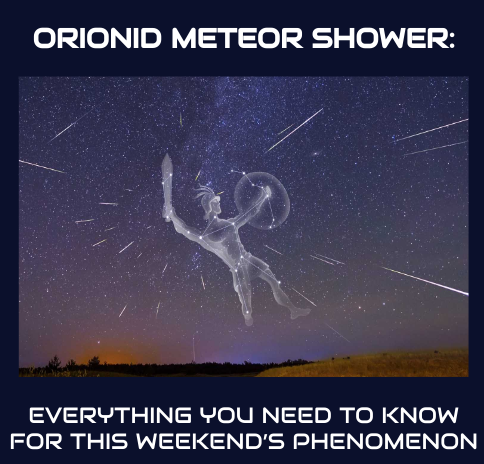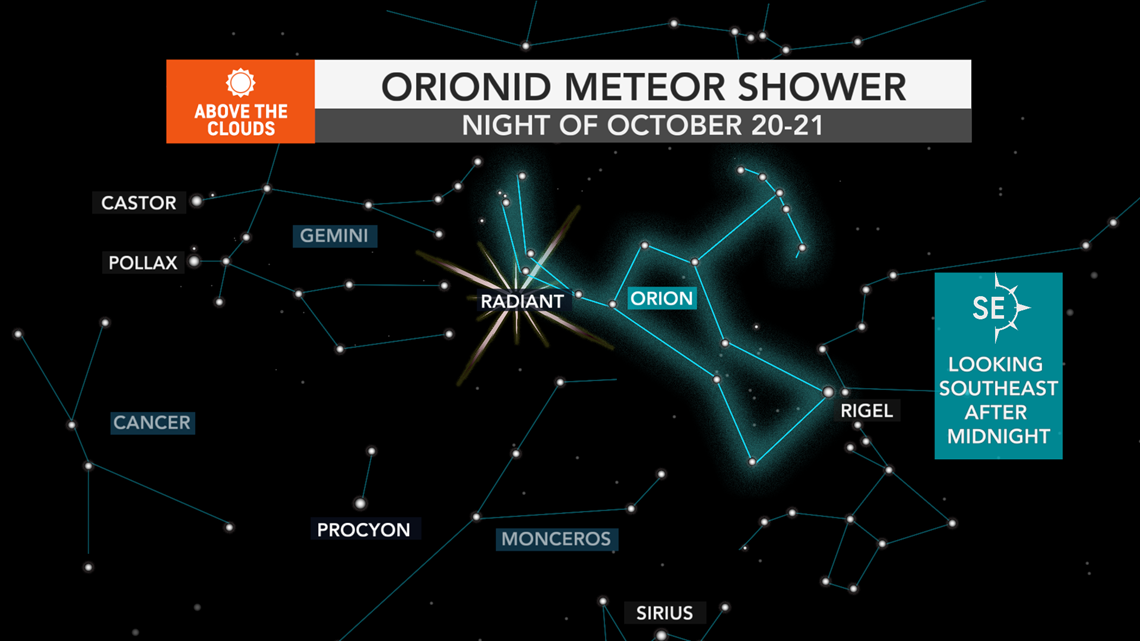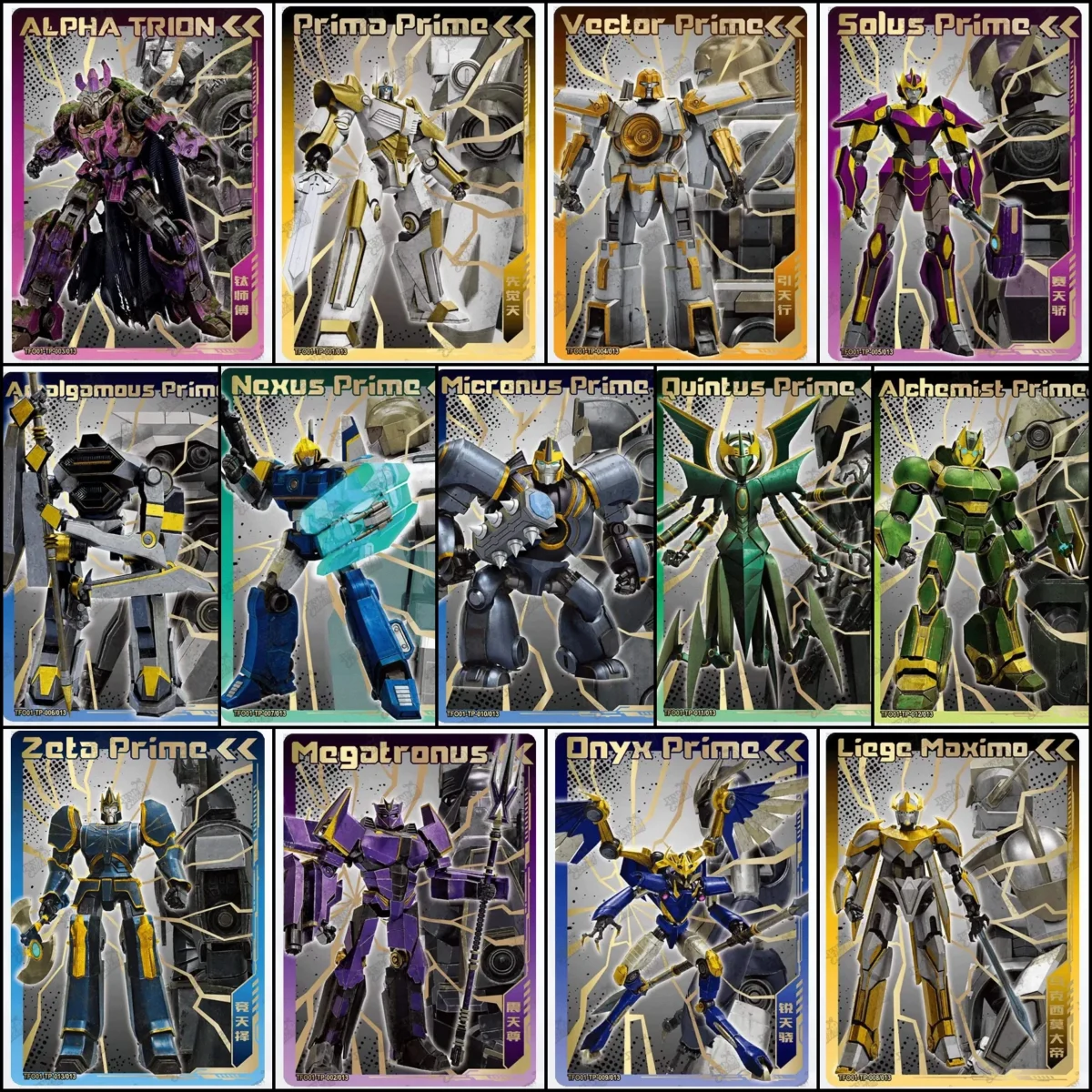What is it?
The Orionid Meteor shower, also known as the Orionids, are two meteors(Eta Aquarids) blasting off of the Halley’s comet. The Orionids occur just north of the constellation of Orion’s brightest star, Betelgeuse.
These meteors annually peak around mid-October and travel about 148,000 mph, as Earth moves in one direction, the meteors move the opposite. The meteors can also leave a train of debris which can last for several seconds to minutes. Some even become fireballs. NASA states, “Look for prolonged explosions of light when viewing the Orionid meteor shower,” when describing what the debris might look like.
 Why is this happening?
Why is this happening?
The Orionids are leftover comet particles from broken asteroids, when passing Earth, the meteors leave a dusty trail around their orbits. Each year when our planet goes through the leftover bits, the debris collides with our atmosphere and disintegrates to show a beautiful scenery of colorful trails across the night sky. Although the Halley’s Comet only comes once every 76 years, the Orionids never leave.
Halley’s Comet
Named after the scientist, Edmond Halley, who discovered and calculated the comet’s movements around Earth in 1705. Halley’s Comet goes the opposite direction of what we do when orbiting the Sun. Each time that the popular comet returns to revisit Earth, every 76 years, its nucleus sheds ice and dust into space which eventually becomes the Orionids and the Eta Aquarids when they collide with Earth’s atmosphere.
When and where to watch it
You can watch the Orionid Meteor shower during the months of September 26th through November 22nd of 2023. The peak of the shower is in the morning/midnight of October 21st and 22nd.
The radiant is the highest point around 2 a.m and the predicted skies should be dark with no moon. The Orionids should produce around 10-20 meteors per hour. You can watch it in an open field with no surrounding light sources. The meteors should come as fast balls of light and can be seen in every part of the sky, but if you track them back to the source, they come from the tip of the Orion constellation.
My Experience
My mom, my brother, and I went out to Holts Summit where there was little to no light pollution. We arrived at 1am and stayed till 2. While we were there, we saw at least 10 or more meteors fly across the sky. My brother and I thought we saw at least two fireballs, they were bright and quick. One meteor was so prolonged that we could see it for five seconds or more. It was an amazing experience that we are definitely going to do next year. I would recommend stargazing with lots of blankets!
Other Sources:















